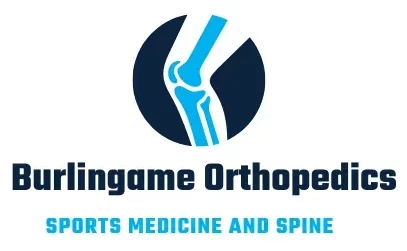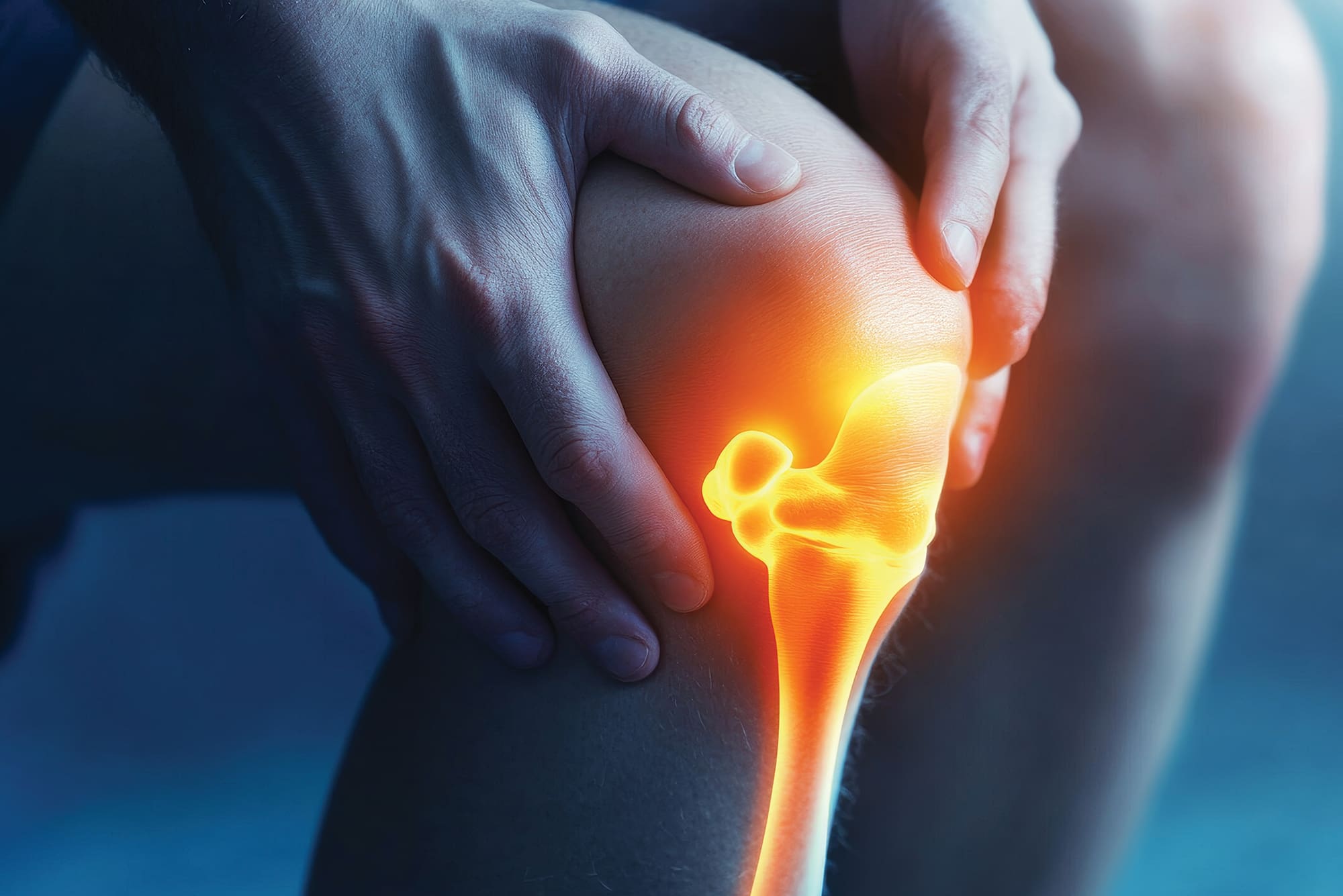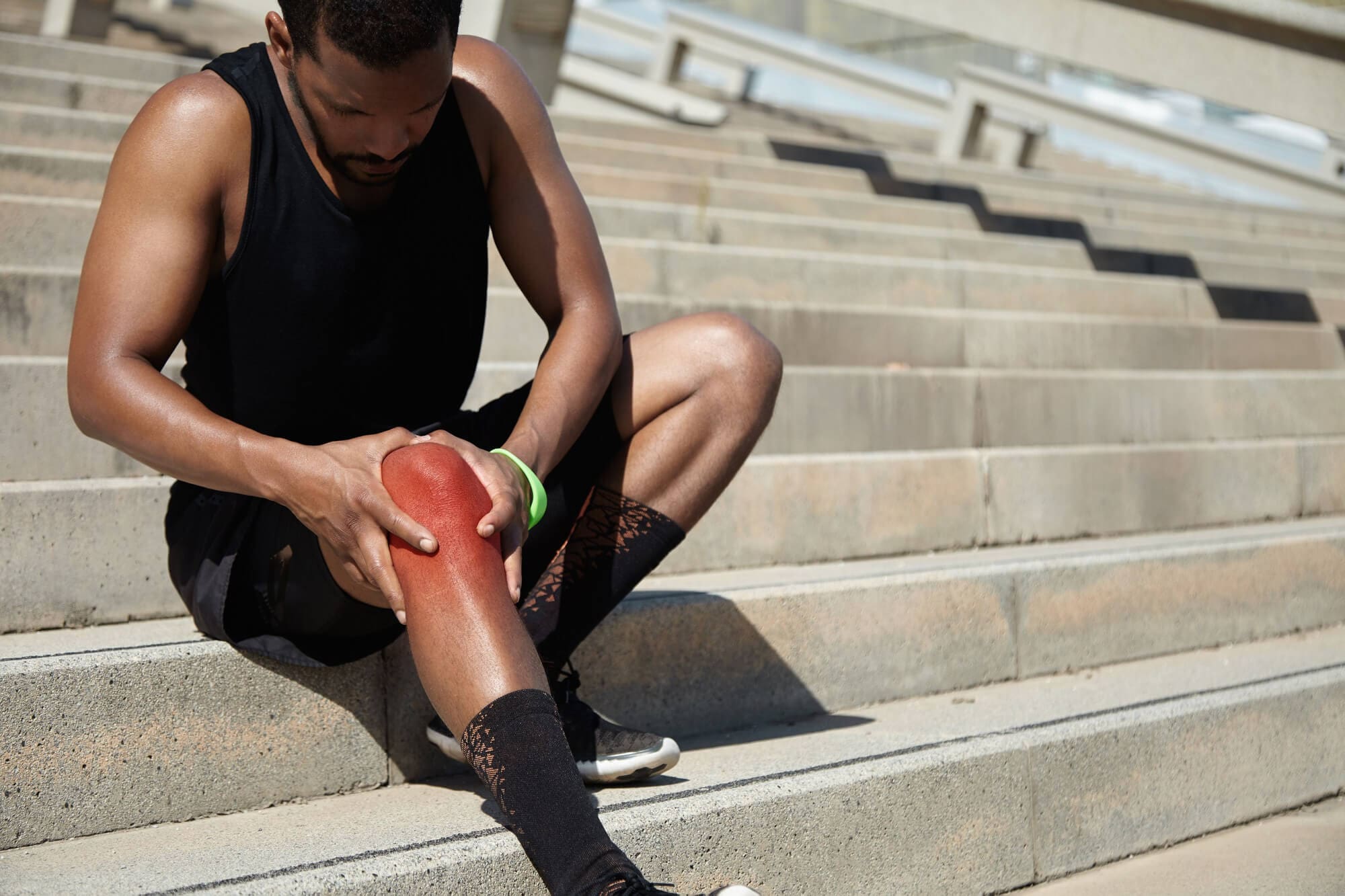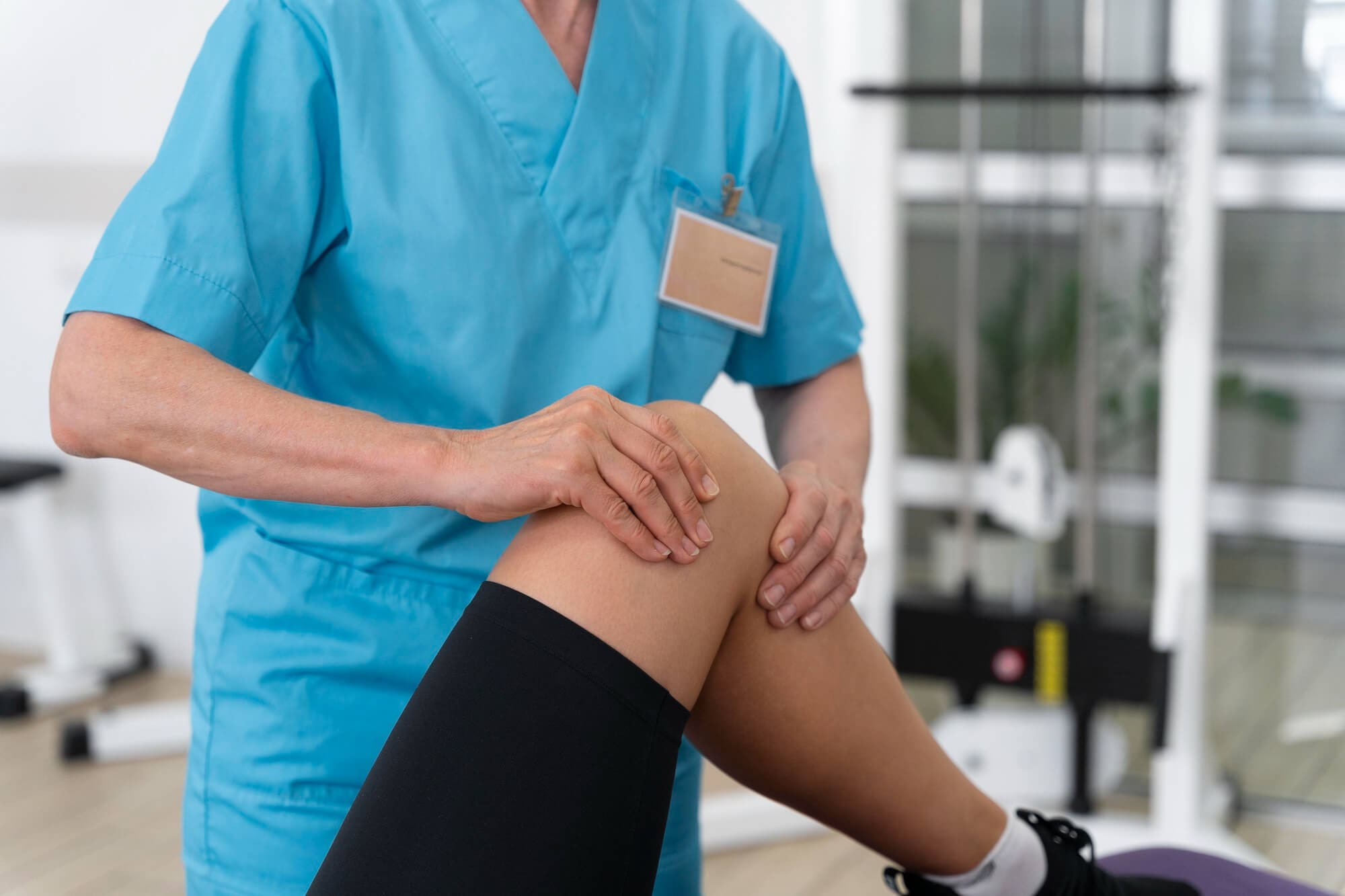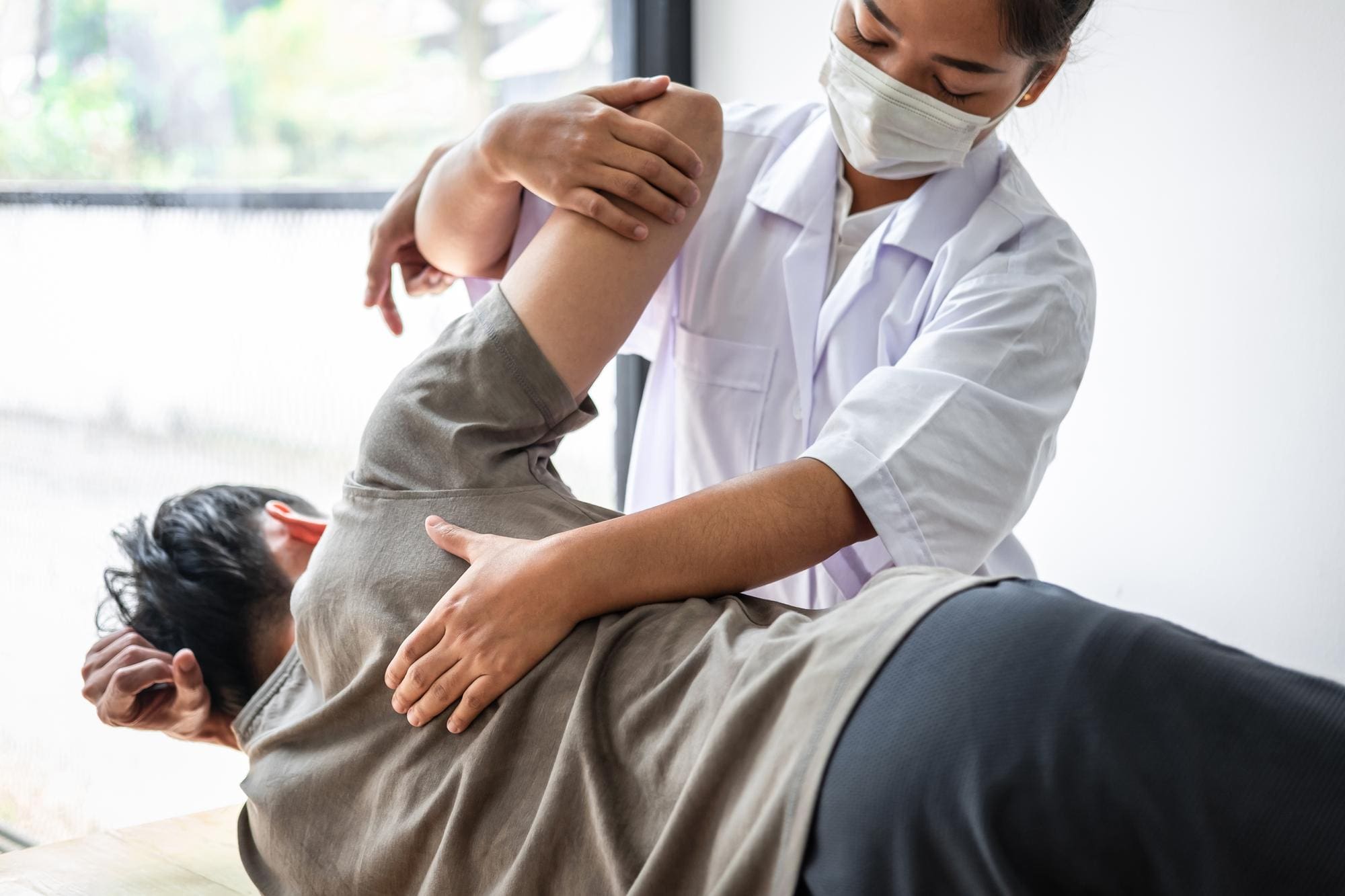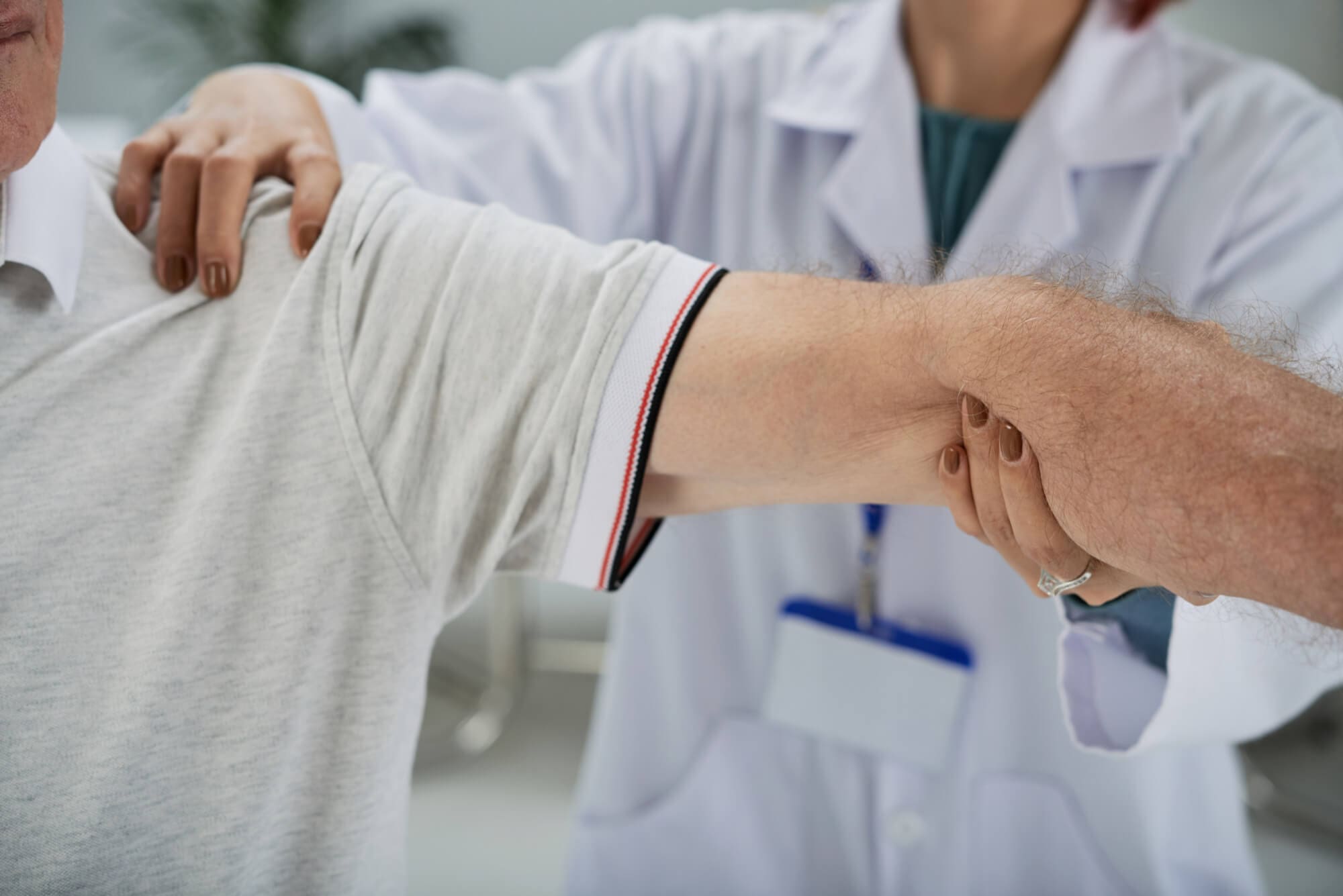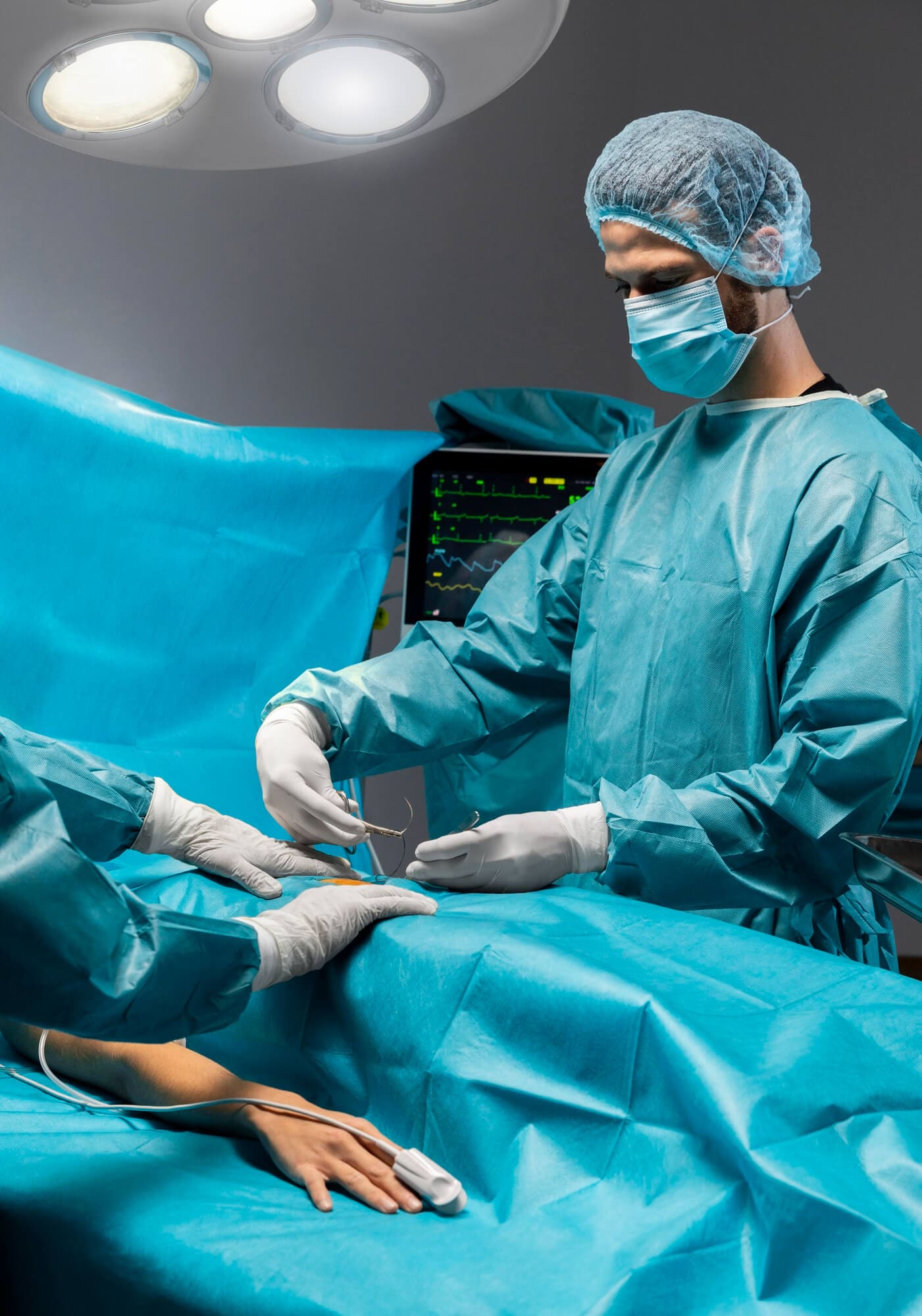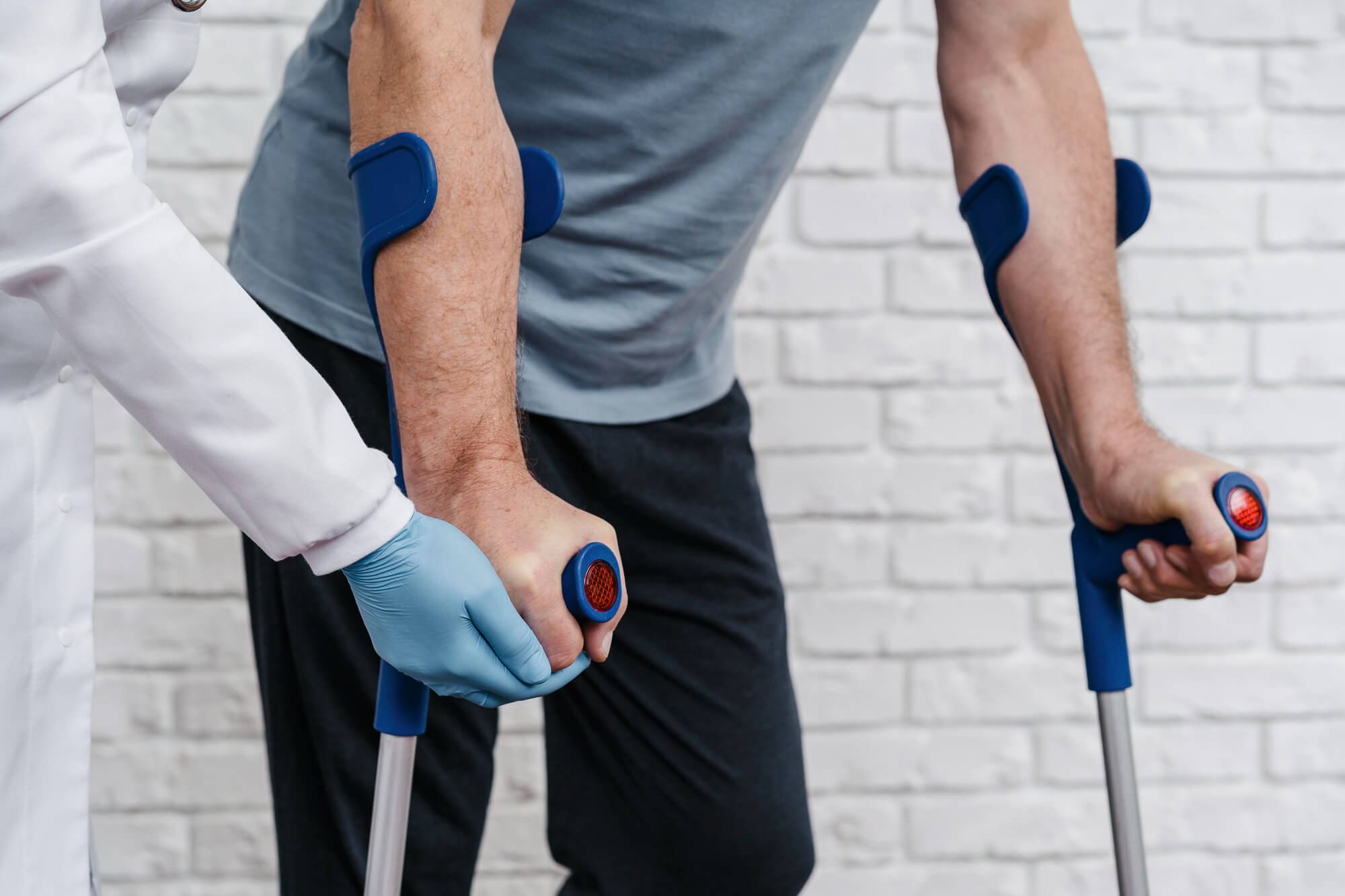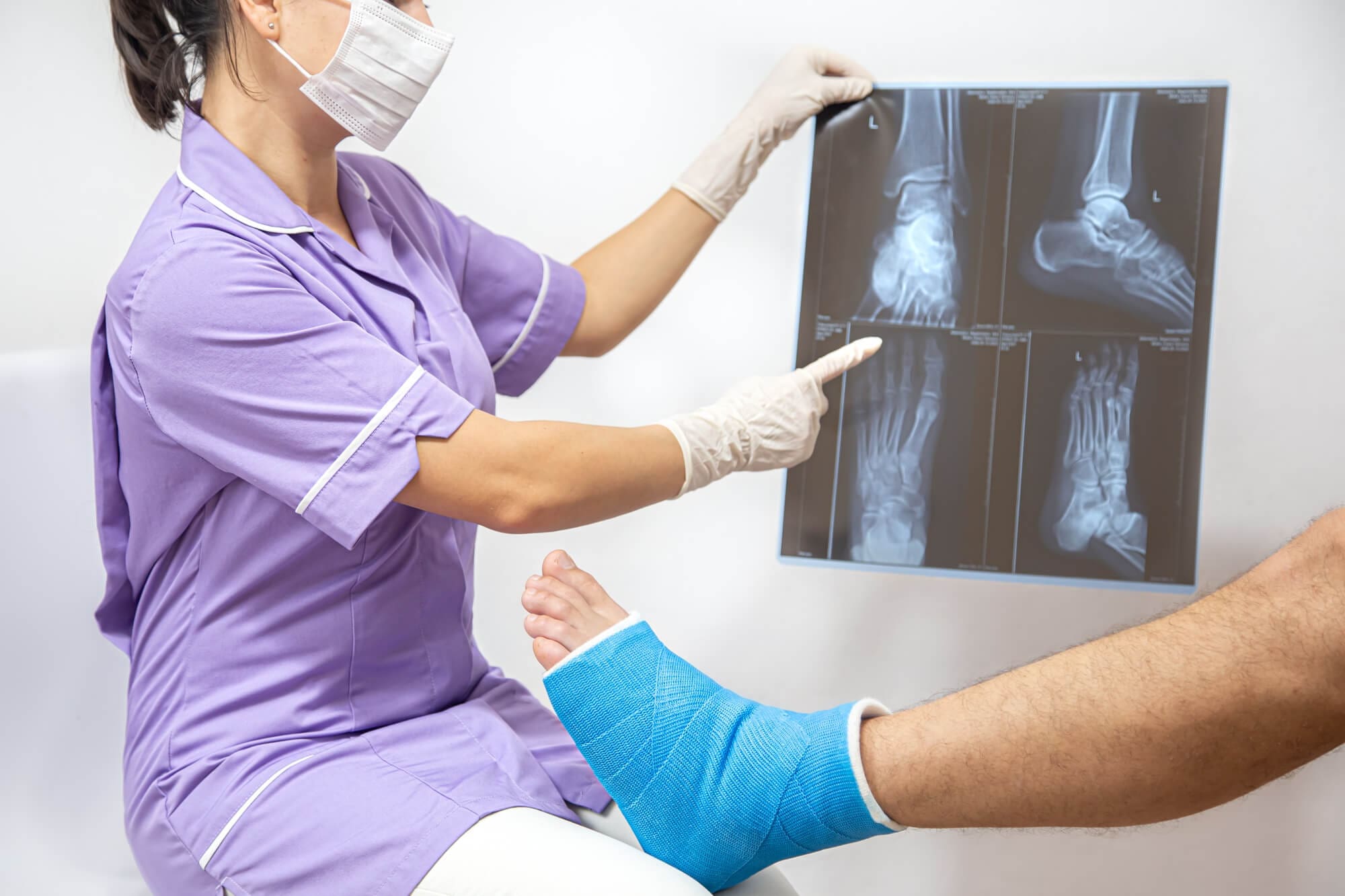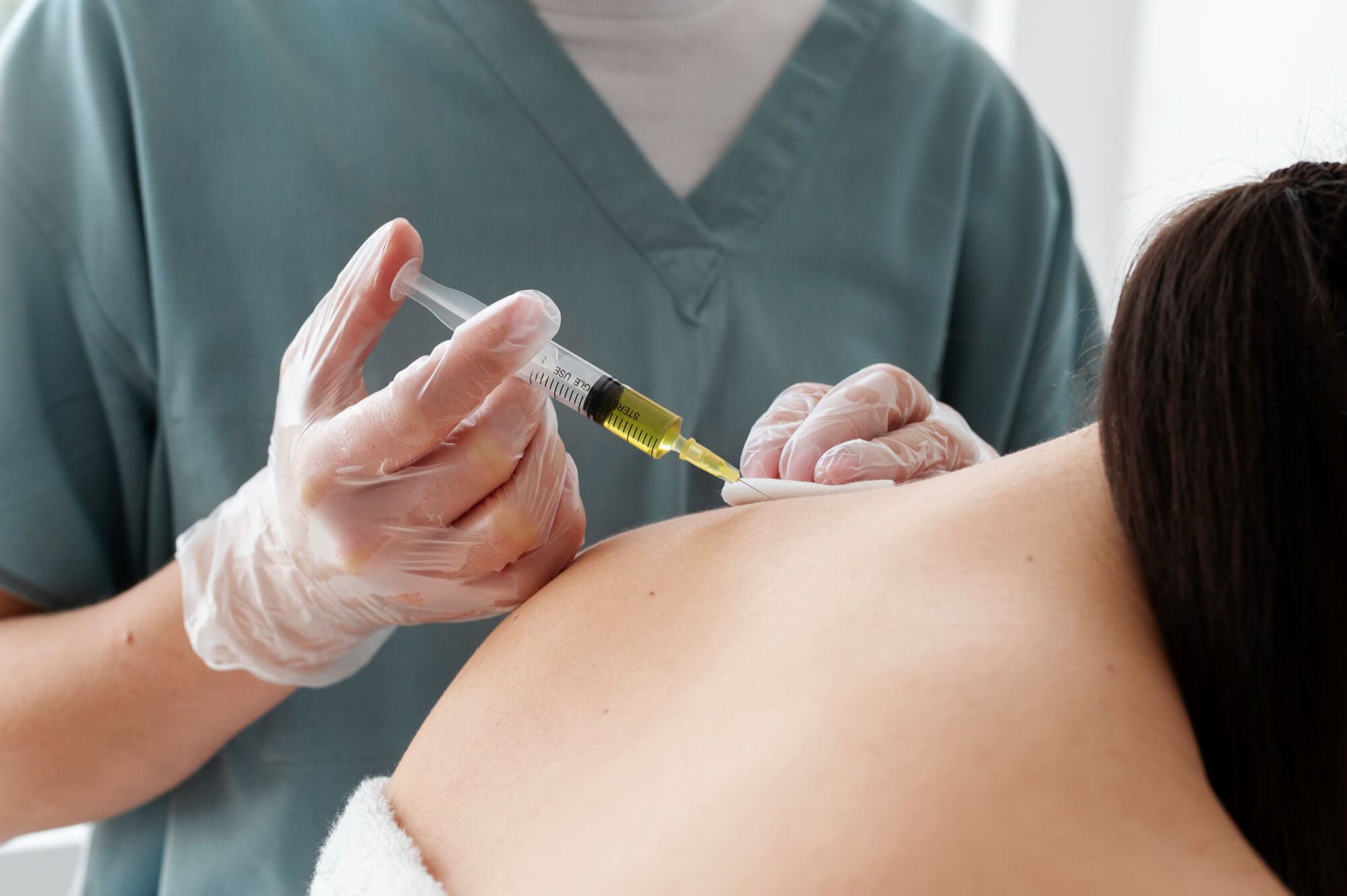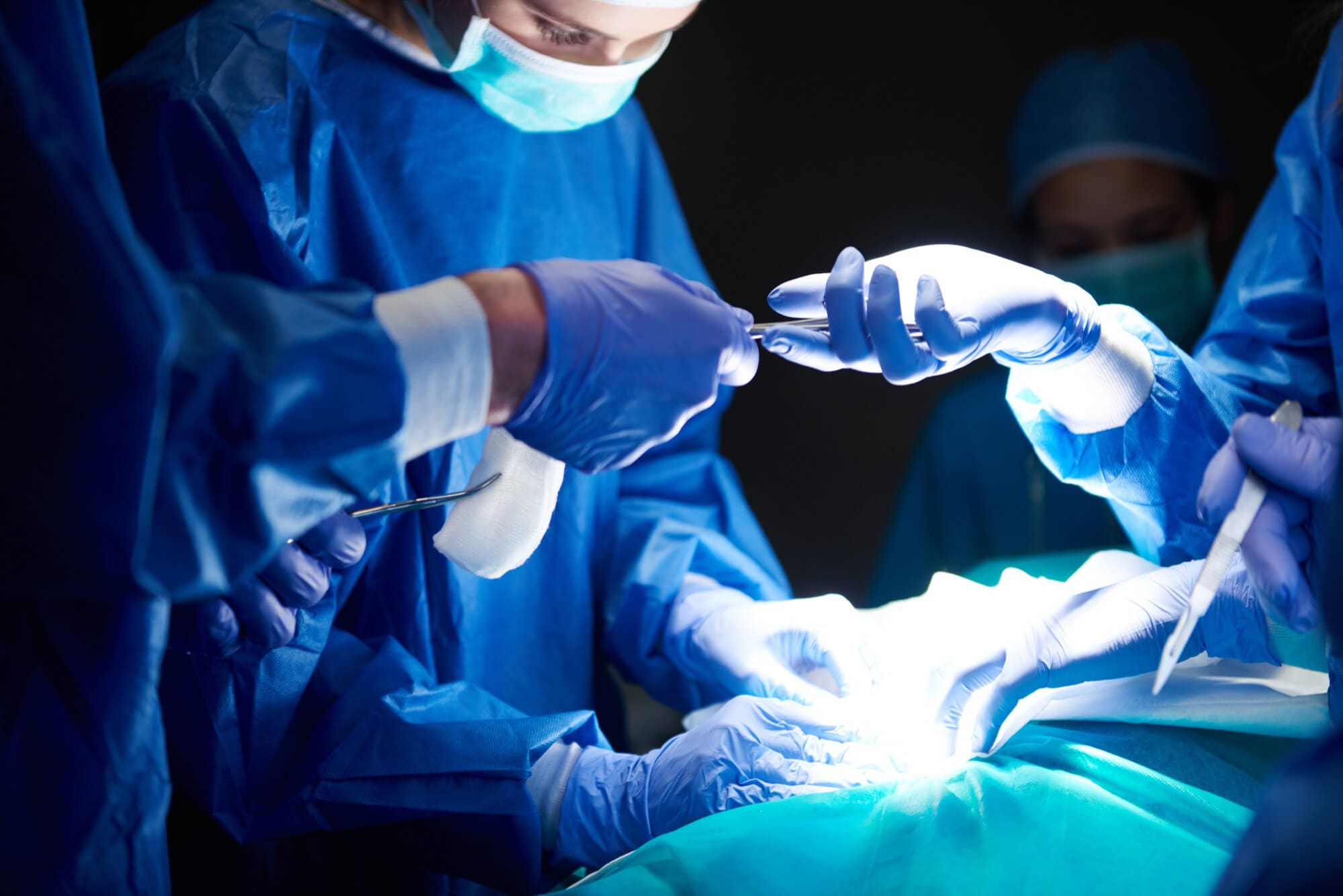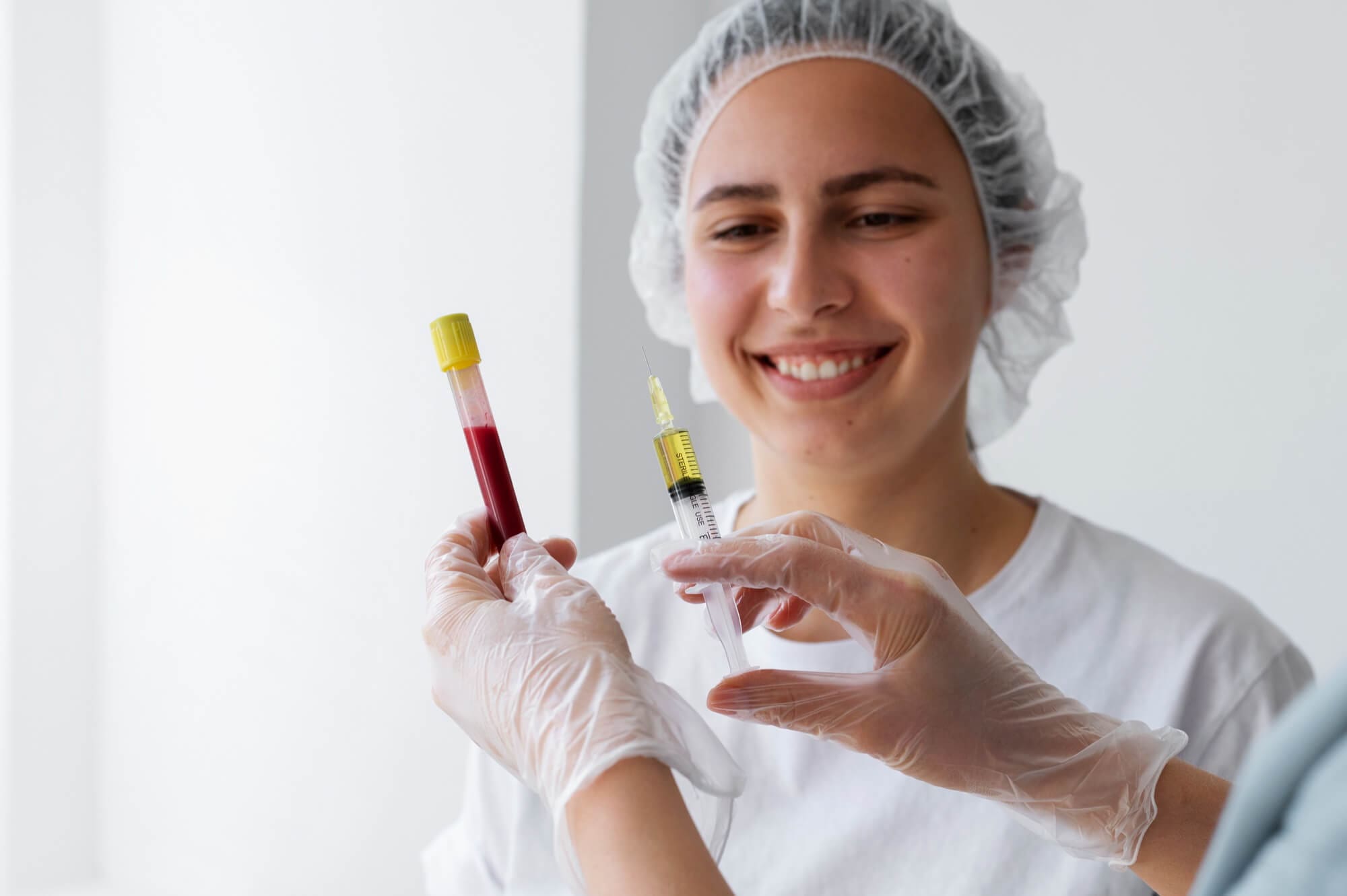
Pain and injuries can significantly affect your daily activities, making even simple tasks challenging. If you are dealing with chronic pain, sports injuries, or recovering from surgery, platelet-rich plasma (PRP) therapy may offer relief and support healing.
At Burlingame Orthopedics, our board-certified, fellowship-trained orthopedic surgeons provide safe and effective PRP treatments to help manage pain, promote recovery, and improve mobility.
We offer PRP therapy at our clinic in Burlingame, CA. For inquiries, call (650) 692-1475 or request an appointment online.
What Is Platelet-Rich Plasma (PRP)?
PRP is a concentration of platelets derived from your own blood. To understand PRP, it’s helpful to know the basic components of blood.
Blood is made up of red blood cells, white blood cells, platelets, and plasma. Red blood cells carry oxygen, white blood cells fight infections, platelets help with blood clotting and tissue repair, and plasma is the liquid portion that transports nutrients and cells throughout the body.
PRP is created by concentrating the platelets within the plasma, making it richer in healing components than normal blood. This higher concentration means there are more growth factors available to support tissue repair and recovery when injected into injured areas.
Benefits of PRP Therapy
PRP therapy offers several potential benefits for patients seeking a natural, minimally invasive treatment option.
It works by using your body’s healing mechanisms to promote tissue repair, relieve pain, and improve function. Below are some of the key advantages patients may experience with PRP therapy:
- Promotes natural healing: PRP leverages the body’s natural healing process through the delivery of platelet-derived growth factors.
- Minimally invasive: The injections are performed in-office without the need for surgery.
- Reduces inflammation: PRP can decrease inflammation, leading to improved function and less pain.
- Personalized treatment: Since PRP is derived from your own blood, the risk of an allergic reaction is extremely low.
Uses of PRP in Orthopedics
PRP injections are used to treat a variety of orthopedic conditions, including:
- Tendon injuries: Chronic tendon conditions such as tennis elbow (lateral epicondylitis) and Achilles tendinopathy. PRP may help stimulate the healing process in tendons that have been slow to recover with traditional treatments.
- Ligament injuries: Sprains and partial tears that may benefit from improved soft tissue healing. PRP injections can promote tissue repair and potentially reduce recovery time.
- Muscle injuries: Strains and minor tears often seen in sports injuries. By delivering concentrated growth factors directly to the injured muscle, PRP may help accelerate healing and reduce downtime.
- Joint pain: Early-stage osteoarthritis and other joint-related conditions. PRP can be used to relieve pain and improve joint function by supporting cartilage health and reducing inflammation.
- Post-surgical repair: PRP may be used after surgery to support healing and reduce recovery time. Injecting PRP around the surgical site can help promote tissue regeneration, minimize inflammation, and improve overall recovery outcomes.
How PRP Is Prepared
Preparing platelet-rich plasma begins with drawing a small blood sample from the patient. The sample is placed into a centrifuge, a machine that spins rapidly to separate the blood into layers based on density.
This process isolates the plasma with a concentrated amount of platelets, creating PRP. Once prepared, the PRP is carefully injected into the targeted area to promote healing and tissue repair.
What to Expect During the Procedure
- Blood draw: A small sample of your blood is collected.
- Preparation: The blood is processed to isolate and concentrate the platelets.
- Injection: Using ultrasound guidance, the PRP is injected into the targeted area to ensure precision.
- Post-procedure: You may experience mild soreness at the injection site, which typically resolves within a few days.
Potential Risks and Side Effects
While PRP injections are generally safe, potential adverse effects include:
- Mild pain or discomfort at the injection site
- Temporary inflammation or swelling
- Rare risk of infection
Because the treatment uses autologous platelet-rich plasma, the risk of allergic reaction or rejection is minimal.
Why Choose Burlingame Orthopedics?
- Our experienced team provides expert care tailored to your unique needs.
- We use the latest techniques, including ultrasound-guided injections for precise PRP placement.
- Every patient receives a care plan designed to support their recovery and lifestyle goals.
- We offer a full range of services, including non-surgical treatments and surgical options if needed.
- Our focus is on helping you regain mobility and return to your daily activities with confidence.
Our providers include:
Schedule a Consultation
If you are dealing with tendon injuries, muscle injuries, or other musculoskeletal injuries, platelet-rich plasma injections may be the solution you need.
To book an appointment at our orthopedic and sports medicine clinic in Burlingame, CA, call (650) 692-1475 or request an appointment online.
Conveniently Located for Easy Access
- Across the street from Mills Peninsula Hospital
- Private parking lot for hassle-free visits
- Easily accessible by Caltrain and local bus routes
Frequently Asked Questions
Is PRP covered by insurance?
Many insurance plans do not cover PRP therapy. Our team can discuss cost and payment options during your consultation.
How many treatments will I need?
Some patients experience improvement after one injection, while others may require a series of treatments depending on the injury and response.
When will I see results?
Healing times vary. Some patients notice improvement within weeks, while others may take several months.
Can PRP be combined with other treatments?
Yes, PRP can be used alongside physical therapy, hyaluronic acid injections or topical applications, and other non-surgical options to support the healing process.
What does platelet-rich plasma do for you?
PRP helps promote healing by delivering a concentrated dose of platelets and growth factors directly to injured or damaged tissues. This can accelerate the healing process, reduce inflammation, relieve pain, and improve overall function.
Is PRP worth the money?
Many patients find PRP to be a valuable investment, especially when looking for non-surgical treatment options that support natural healing. While results can vary, those with conditions like tendon injuries or early-stage arthritis often report significant improvement.
Who is not a good candidate for PRP?
PRP may not be recommended for individuals with certain medical conditions, such as blood disorders, active infections, or certain cancers. Patients on blood-thinning medications or with severe anemia should discuss alternatives with their healthcare provider.
What is the downside of PRP?
While generally safe, PRP therapy has some potential downsides. These may include temporary pain or swelling at the injection site, variable results depending on the condition being treated, and out-of-pocket costs if not covered by insurance.
